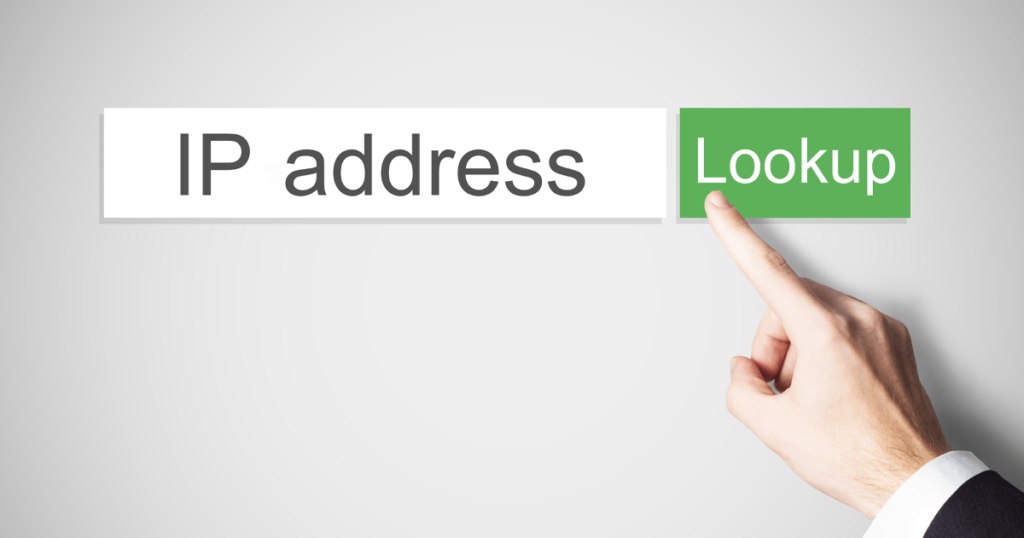Practical internal control assessments are crucial for ensuring the integrity and reliability of financial reporting within organizations. While checklists serve as valuable tools, they often need to catch up on capturing the complexity and nuances of internal control systems by mastering the COSO framework and compliance. This article delves into the strategies and methodologies necessary to craft thorough and effective internal control assessments beyond mere checklists. By learning the organization, it can ensure that its assessments are aligned with industry standards and regulatory requirements, providing a comprehensive evaluation of its internal control systems.
Understanding the Limitations of Checklists:
While commonly employed in internal control assessments, checklists offer a structured approach to ensure essential steps are addressed. However, their reliance alone can lead to an oversimplified evaluation of internal controls. A significant drawback lies in their potential oversight of critical components within control systems. Moreover, the static nature of checklists may fail to accommodate the dynamic nature of evolving risks and regulatory mandates.
Organizations must supplement checklist-based approaches with more comprehensive methodologies to mitigate these limitations. This entails an in-depth understanding of the organization’s risk landscape, operational processes, and regulatory framework. By embracing a holistic perspective, organizations can identify and address nuanced control issues that rigid checklist-based evaluations may overlook.
Further, risk-based methodologies in assessment practice allow organizations to pinpoint the critical areas both in significance to financial reporting and likeliness of misstatements that controls should be focused on. In this light, an approach to assessment will ensure the effective focus of deploying resources while avoiding redundancy in the efforts being made to ensure they are properly appraised in critical areas.
While checklists are valuable tools for structured assessments, their exclusive reliance risks superficial evaluations. By complementing checklist-based approaches with broader methodologies that accommodate evolving risks and regulatory requirements, organizations can enhance the effectiveness and reliability of their internal control assessments.
Embracing a Comprehensive Approach:
Crafting practical internal control assessments necessitates a thorough understanding of the organization’s unique risks, processes, and control environment. This entails conducting a comprehensive analysis that considers various factors influencing the effectiveness of internal controls. By taking a holistic view, organizations can more accurately pinpoint areas of strength and weakness within their control systems.
Towards this point, identification and evaluation will have to be made in terms of potential risks likely to impact the financial reporting and objectives of operation. Such action is highly related to the evaluation of factors from targets internally and externally, such as industry trends, technological evolution, or even regulatory changes. Organizations can identify such risks and then develop the control measures, which are specific to minimize the severity of that identified risk.
Understanding the organization’s processes is essential for crafting practical internal control assessments. This includes mapping out key business processes and identifying control points throughout each process. Organizations can design more targeted and robust control measures by understanding how processes operate and where vulnerabilities may exist.
Considering the control environment is crucial for assessing the overall effectiveness of internal controls. This involves evaluating management’s commitment to integrity, ethical values, personnel competence, and governance structure. By assessing the control environment, organizations can identify cultural factors that may impact the implementation and enforcement of controls.
This would, however, require organizations to take a comprehensive approach and conduct a holistic internal control assessment that would cover all bases, right from the risk to the nature of processes and the control environment characterizing an organization. Herein, only an integrated view and approach can help organizations in properly positioning the areas wherein more needs to be done, and in general, to make effective internal control stronger in total.
Identifying Key Components:
It would support the development of strong internal control assessments in identifying vital components contributing towards control effectiveness. Supportive to effectiveness is control activities, the information and communication system, risk assessment processes, and the monitoring activities. These are the control activities that entail policies and procedures, ensuring that the realization of objectives takes place with the needed precautions against risks. Information and communication systems provide for an unhindered flow of relevant and adequate information to all organizational levels in a timely and accurate way, helping thus in making informed decisions and exercising better control. Risk assessment processes identify, analyze, and assess all the risks that may affect organizational objective achievements in order to allow for informed control decisions. Activity monitoring involves ongoing assessment that ensures the internal controls are effective in a manner they remain responsive to the risks and circumstances that are changing. Consideration of these components would enable an organization to critically evaluate its internal control system in order to identify areas where improvement needs to be done to enhance the integrity and reliability of the process of preparing the financial report.
Utilizing Risk-Based Methodologies:
One practical approach to crafting internal control assessments is utilizing risk-based methodologies. This involves prioritizing controls based on their significance to financial reporting and the likelihood of material misstatement. By conducting risk assessment, organizations can identify areas with the highest potential impact on financial reporting accuracy. This allows for allocating resources and attention to the most critical controls in mitigating these risks.
This will further improve the running of the assessment process, reducing unnecessary duplication of efforts in streamlining organizations in high-risk areas and, therefore, saving some resources. The approach focused on ensuring resources are deployed more effectively, optimized to the needed areas.
Such prioritization provides an organization the basis to focus its assessment procedures on the particular areas of concern. In this way, the relevance is guaranteed in facilitating the identification of the effectiveness in bringing the controls into place to mitigate the identified risks.
The risk-based approach would, therefore, be sufficient to define and design assessments of internal controls, which would optimize organizational efforts, increase effectiveness in controls, and improve the integrity of the financial reporting process.
Engaging Stakeholders:
This brings together internal control assessments comprising management, internal auditors, external auditors, and other key personnel of the organization giving their views and opinions. In the light of this, it would, therefore, be very important for these organizations to engage their stakeholders, as that will enable them to strengthen their nature of assessments and improve insight.
Mastering the COSO framework and compliance is essential, as it provides a standardized
framework for internal controls and regulatory compliance. In addition, the active stakeholders, who are well-versed in the COSO framework and compliance standards, guide organizational assessments under the industry best practices and regulatory requirements. This, therefore, brings in collaboration with a view to ensuring proper understanding is created between the Organization’s Control Environment and the stakeholders toward identification, hence, recommendations for improvement in further strengthening the referred weakness in the internal control systems within the organization. Additionally, involving a diverse range of stakeholders ensures that assessments are conducted with a holistic perspective, considering various viewpoints and expertise. As a result, organizations can achieve more robust and effective internal control assessments that instill confidence in the reliability of their financial reporting processes.
Adapting to Regulatory Changes:
Regulatory requirements, hence, always change with time in internal control assessments. In legislation, standards, and best practices of organizational changes, regulations require a certain approach that ensures compliance and the effectiveness of the respective regulations. This, therefore, calls for proactivity and adaptiveness to be in better control of managing the changing of regulations.
Leveraging Technology:
Technology is central in effective running for internal control assessments, and it heightens the effectiveness of operation. The effectuation of automation for data collection, analysis, and reporting tools, among other software solutions, could facilitate assessments to help organizations be efficient, accurate, and scale the effort using technology.
Emphasizing Continuous Improvement:
Crafting practical internal control assessments is an ongoing process requiring continuous improvement. The assessment methodologies need to be improved with changing circumstances and feedback. Embracing a constant culture of improvement allows the organization to increasingly become better at making internal control assessments effective.
Conclusion:
In conclusion, crafting practical internal control assessments goes beyond the use of checklists. This would necessitate, therefore, an all-inclusive approach whereby any unique risks, processes, or even regulatory requirements for the organization are treated to ensure that the integrity and reliability of the internal control system are in the right sense. These assure organizations of having an integrity and reliable internal control system through the key components identified, the application of a risk-based approach, the involvement of stakeholders, the ability to change with regulations, the use of technology, and finally, the focus on continuous improvement.






